Clever water hydraulics crafts the perfect Espresso.
Can a hydraulic process really capture the craft of the barista maestro and produce the perfect espresso?
The world loves espresso.
The world loves espresso coffee. There are 21,000 coffee shops in the UK alone, so the Allegra Coffee Portal tells us. This article tries to decide how much of crafting the perfect espresso is hydraulic process and how much is skill. As water hydraulics designers, we also think about what are the “must haves” in a home espresso machine.
Go to the legendary Sant’Eustachio coffee shop in Rome and the barista will be working his magic on a fabulous old machine, hidden behind a screen so as not to betray those special trade secrets. If the barista and the ingredients are half the story, is the hydraulics in the espresso machine the rest of the magic in the perfect coffee? Sarum Hydraulics would like to think so. When we see any hydraulic machine with a combination of pumps, valves and a known process, we can’t resist delving into what exactly needs to happen and when. Coffee isn’t ‘just any old coffee’ if prepared right, so how much is man and how much of the world’s favourite drink is down to the machine and hydraulic how-to?
Whether you are seeking the perfect espresso, americano, cappuccino or more, the starting point is that single or double shot of concentrated coffee.
What do you need for the perfect espresso?
So what hydraulics do you need to make the perfect espresso? Water at 93 degrees C (200 degrees F) and 9 bar (132 pounds per square inch) of pressure is the starting point in the process. If the water is hotter, the coffee tastes sour. Delivering the water to the “brewhead” directly above the coffee holder without temperature loss is a must, so using some ingenious thermodynamic design is necessary. The precision ground coffee of your own choice of bean and roast is weighed and compressed to form a “puck” in the cup shaped filter holder or “portafilter.” Flow the hot water through the coffee, holding at 3 bar for a few seconds to pre-infuse or soak it before feeding the full 9 bar at a controlled flow rate. Switch the flow off after a certain volume and depressurise the chamber. Don’t flow too much water through the coffee or it will not taste good. It is far from a rough and ready process.
But to get a serious bit of kit is expensive and for a ‘true’ coffee aficionado, unfortunately George Clooney and his Nespresso pods just don’t quite cut the coffee. So what is really essential for the Sunday morning at-home baristas?
The first engineering challenge is the water for espresso needs to be 93 degree C. This magic water temperature has to be maintained both in the boiler and then all the way through the valves to the portafilter as you create those cuppas. Achieving the latter requires enough thermal mass in the brewhead onto which the “portafilter” coffee holder is fixed. The traditional (and in its time, ground breaking) class “E61” brewhead which is widely used in professional machines is quite a lump of brass to achieve this high thermal mass. It has flow passages in it to keep the whole block heated. Keep in mind that you need 100 degree Centigrade steam to froth milk for your cappuccino, giving you yet another engineering challenge in espresso machine design. Do you use one boiler or a heat exchanger to get the two temperatures upon demand or opt for a more extravagant twin boiler design? How much water should the boiler hold and how accurately do you need to control the temperature? Invariably cost and machine size is the issue.
The barista loads freshly ground coffee into the “portafilter” with the handle on it, compresses it to form the puck then seals it onto the brewhead with a sweep of the handle. The barista will actuate a manual lever operated three position valve which connects the hot water supply for pre-infusion, full pressure for that magic shot or depressurisation to finish. That takes skill. Or they may just press a button and a pump plus solenoid valve does its stuff, taking away the skill, for good or for bad.
“Pulling” that shot.
Purists still rate manual pump machines that go back 100 years. Italian ingenuity gave us the first espresso machine and the design described in the first patent is still familiar today. To ‘pull’ a shot of espresso, various types of pumps are used. The barista can manually pull down a lever to actuate a low tech piston pump, giving rise to the craft of “pulling” a shot of espresso. Alternatively on these very traditional manual machines, the lever can compress a spring which then moves a piston on the power stroke. La Pavoni still use the manual lever on their classic models like the Europiccola. With a skilled barista, is this the finest espresso machine? Just maybe. But time and skill don’t always fit in with high volume High Street coffee outlets.
A classic Pavoni machine.
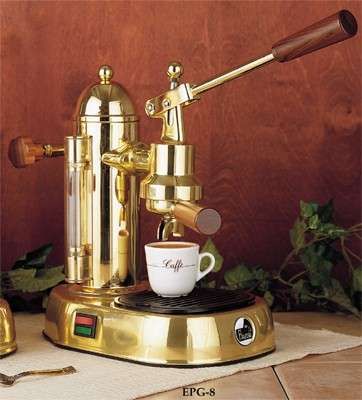
Move to an electric pump machine and reciprocating solenoid piston pumps are widely used. They are very simple. Rotary pumps are also employed on some machines, probably claiming a smoother flow. There is a flow meter clocking your singolo or doppio and the whole cycle is truly automated.
Home machines.
It goes without saying that if you are dreaming of being a Sunday morning barista, there are going to be lots of compromises on a small machine. How big is the boiler going to be? What is the thermal mass in the brewhead? Will you simply struggle and not get enough water at the right temperature? Are you going to make one single or attempt six doubles? Maybe you get what you pay for and not everybody has the space or budget for a Marzocco machine in their kitchen. But for this stay-at-home barista, our money would be on a decent boiler capacity and thermal mass, as from a hydraulic perspective this is gives you a head start. If pressure and flow are the next big ingredients, a perfectionist might strive to master the Pavoni Europiccola type machine, giving total control over the hydraulics of your shot of espresso in that cuppa.
Will Sant’Eustachio embrace Tech?
Can solenoid valves, electric pumps and programming really provide the true espresso experience? We’ll leave picking the Arabica or Robusta coffee beans down to you. But if making a coffee just has to include a bit of Italian style and drama, we don’t think that Sant’Eustachio will be investing in a microprocessor controlled espresso machine any time soon. That would be a disgrazia.
Articles and references:
The Home Barista site takes the perfect espresso pretty seriously. Good stuff. https://www.home-barista.com/espresso-guide.html
The perfect espresso on You Tube https://www.youtube.com/watch?v=WE-Kw1p8m-g
Bella Barista are a great supplier of machines, bits and know how on https://www.bellabarista.co.uk/
Our local Coffeelab even has a coffee academy in Winchester if you need help in crafting that perfect espresso. Our favourite Salisbury coffee shop by far! https://en-gb.facebook.com/coffeelabuk/
La Marzocco. Hand made in Florence since 1927. Serious machines. http://global.lamarzocco.com/en/
La Pavoni on http://www.lapavoni.com/ . Beautifully made traditional Italian lever machines as well as higher tech. units.

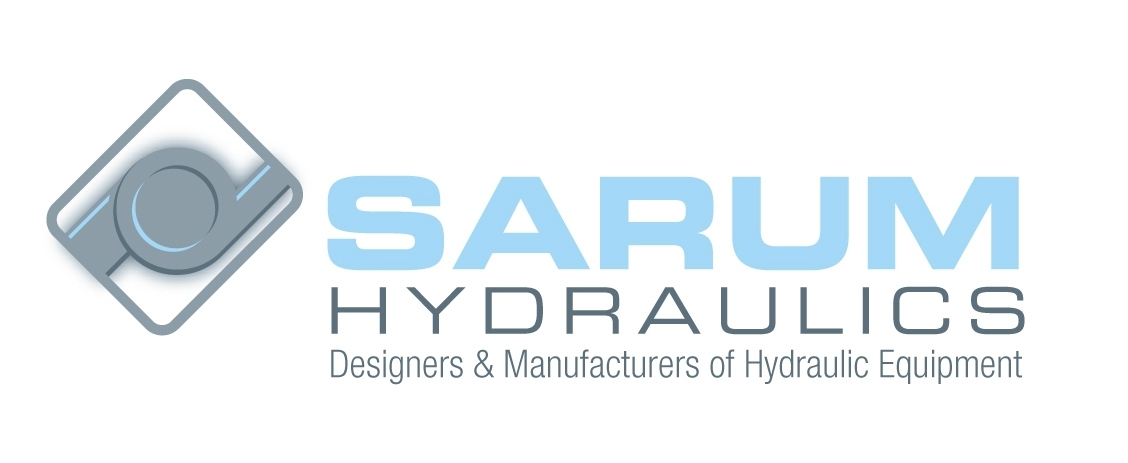


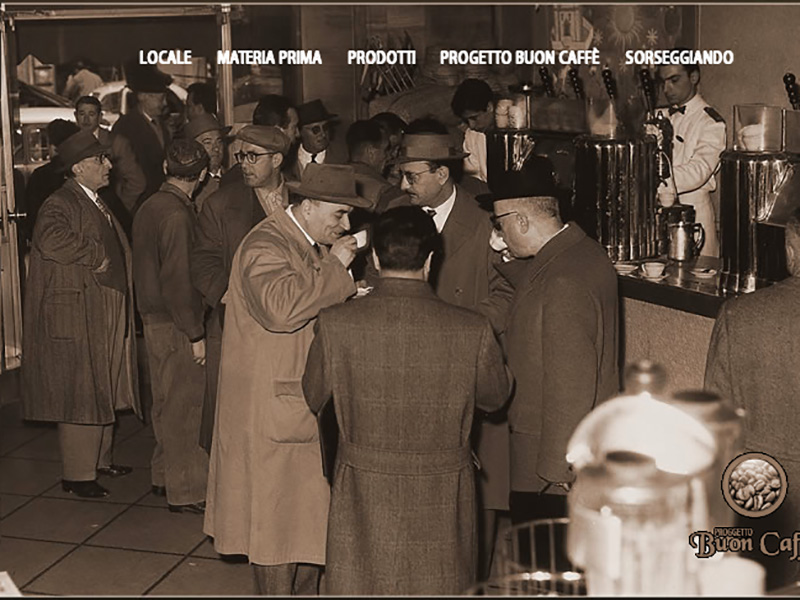
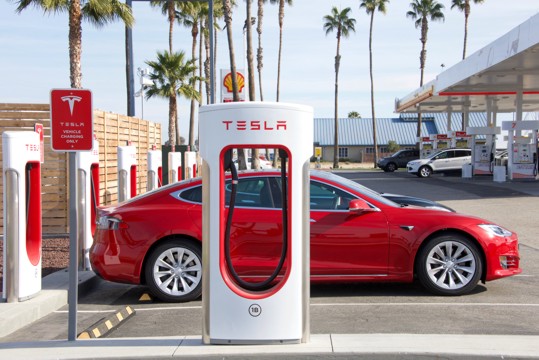
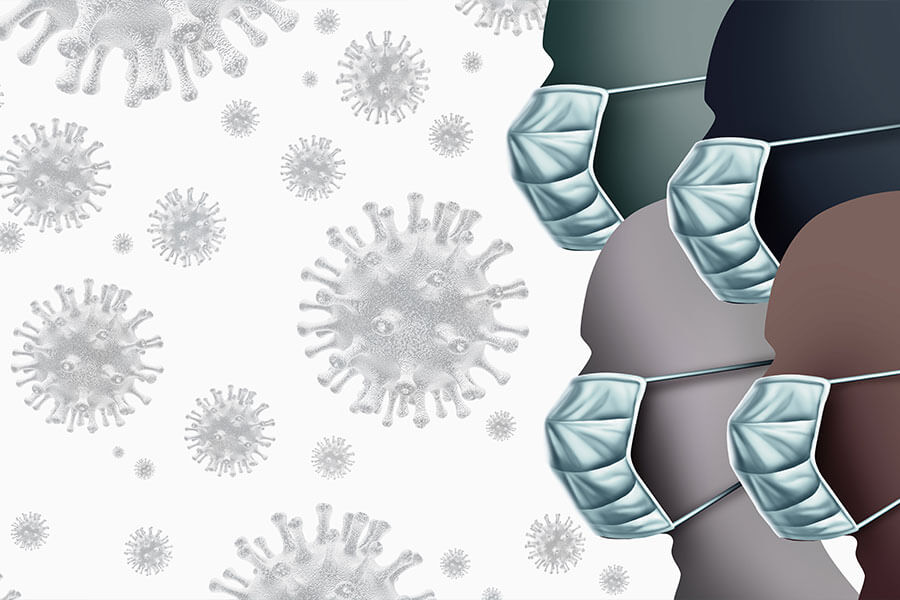
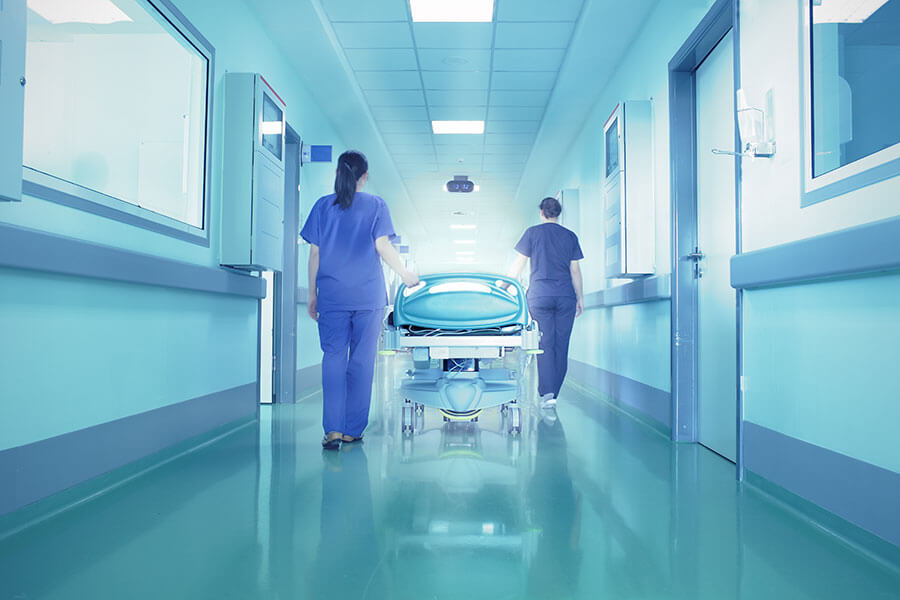
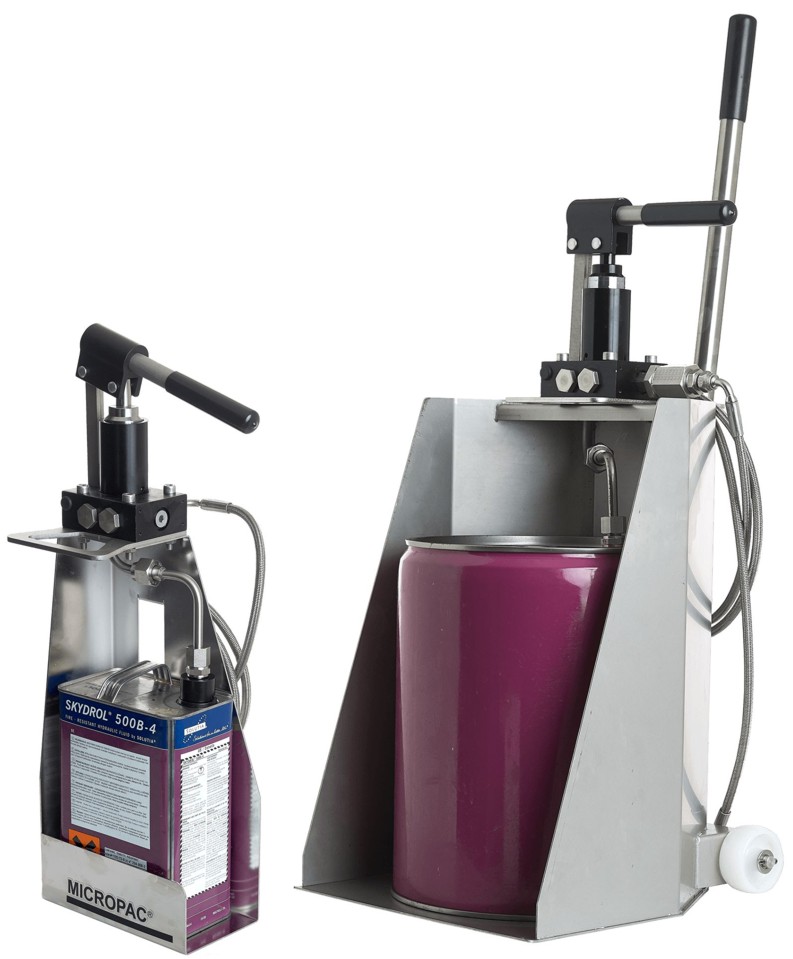
This is an entirely decent blog with a lot of cool data. I visited your blog while I am looking for Gaggia Classic Pro Coffee machine then i found this article this is so amazing to read , much obliged for your bits of knowledge on the processor. But the information you stated there is amazing to read. I liked your post